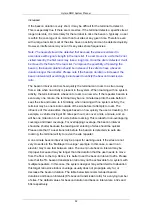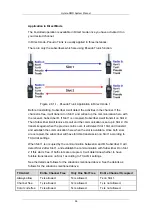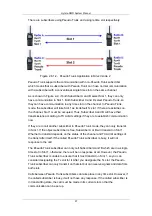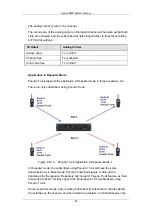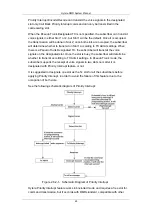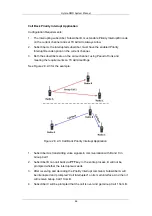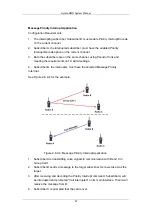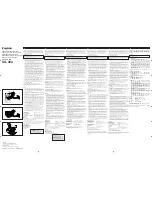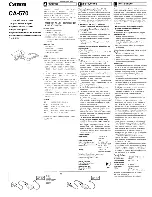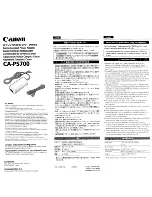
Hytera DMR System Planner
52
increased.
If the beacon duration is very short, it may be difficult for the terminal to detect it.
This is especially true if there are more sites. If the terminal detects a specific site at
longer intervals, it is more likely for the terminal to miss the beacon. Typically, a user
is within the coverage of no more than four sites at any given time. Therefore even
with a large roam list, most of the sites have no activity and can be detected quickly.
However, interference may occur if many sites share frequencies.
Note: The nearest site will be detected first because the sites are ordered in
accordance with signal strength in the roam list. If a user moves to a site that is not
visited recently, the first roam may take a long time. Once the site is detected, it will
be moved to the front of the roam list. To improve the possibility of receiving the
beacon, the beacon duration should be increased. It is safer to have a beacon
duration longer than shorter. Please note if the beacon duration is increased, the
beacon interval will accordingly be increased to satisfy the beacon transmission
ratio.
The beacon interval controls how quickly the terminal can roam to a site or away
from a site when no activity is present in the system. When roaming with no system
activity, the terminal needs a beacon to roam to a new site. If the repeater beacon is
sent every one minute, the terminal may be one minute deep into the site before it
sees the site and roams to it. Similarly, when roaming with no system activity, the
terminal may be one minute outside of the site before it attempts to roam. The
influence of this value often changes based on how quickly the user is traveling. For
example, a vehicle driving at 60 miles per hour can cover a mile a minute, and so
will be one mile into or out of a site before roaming. This is ideal for non-overlapping
coverage and linear coverage. For overlapping coverage, the beacon interval
should be shorter because the leaving and entering of sites should be quicker.
Please note that if a user transmits before the beacon is detected via auto site
roaming, the terminal will try to revive the site repeater.
A one minute beacon interval may be proper for walking users if the sites are not
very close like in the “Multilayer Coverage” example. In this case, a user in an
elevator may move fast between sites. The one minute beacon interval may be
improper, because it may be longer than the duration that the user needs to move
from the floor to the top. Hence, it is better to set the beacon interval to 20s. Please
note that the 5% beacon transmission ratio may not be achievable for a system with
multiple repeaters. In this case, the system designer may either decide to abandon
this target ratio since indoor coverage usually does not propagate very far, or
decrease the beacon duration. The table below lists recommended beacon
durations and beacon intervals (8% beacon transmission ratio) for a varying number
of sites. The default values for beacon duration and beacon interval are 4.32s and
60s respectively.
Summary of Contents for PD70X Series
Page 1: ...DMR System Planner ...
Page 2: ......
Page 4: ...Revision History Version Date Description Remarks R1 0 November 21 2012 Initial release ...
Page 126: ...Hytera DMR System Planner 122 Figure 1 4 Analog to digital Conversion 2 ...
Page 174: ...Hytera DMR System Planner 170 For your notes ...
Page 178: ...Hytera DMR System Planner 174 For your notes ...
Page 181: ......
Page 182: ......















